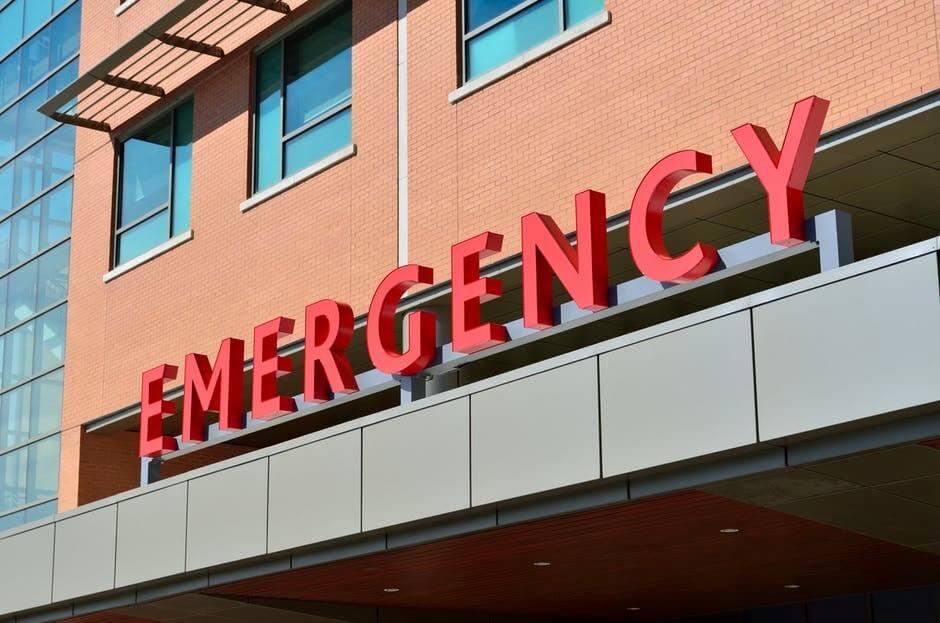Dec 4
2017
How Clinical Alerting Systems Are Improving Hospital Communication
 Patient monitoring systems have long sounded off at the first sign of trouble, giving doctors and nurses the opportunity to divert their attention to the most serious medical situations. Generally, a series of alarms and chimes would sound off and give medical professionals an indication that a patient was having a medical emergency.
Patient monitoring systems have long sounded off at the first sign of trouble, giving doctors and nurses the opportunity to divert their attention to the most serious medical situations. Generally, a series of alarms and chimes would sound off and give medical professionals an indication that a patient was having a medical emergency.
Today’s clinical alerting systems monitor much more than heart rate. In addition, they don’t just make sounds that can be heard by everyone within earshot. Clinical alerting systems are now more precise, with patient status indications being sent directly to the handheld communication devices carried by nurses and doctors. Here is a look into how patient monitoring systems have improved and the ways in which hospital workers are communicating more precisely.
Medical Alerts Issued Faster
In many emergency room settings, the steady sound of beeps, chimes, alarms and whistles goes off every other second. Some sounds indicate that everything is all right with a patient while others can give doctors and nurses legitimate cause for concern. Sometimes a critical care alarm can go unnoticed, especially if there is another emergency going on nearby. Newer clinical alerting systems have a smaller margin of error as they operate totally differently.
Direct Patient Emergency Warnings
The main nurse station at hospitals can be empty if there are multiple patients that need specialized care simultaneously. In other words, patient calls and even clinical alerts can go unnoticed if a healthcare center is operating on an outdated system. Beepers and pagers might help doctors on call to know when to go to the hospital, but more precise forms of communication are necessary for healthcare professionals who are working on the front lines. All it takes is the right setup for a healthcare provider to get information faster and in a more direct manner.
Reduced Emergency Care Response Times
When a patient in a hospital suddenly flatlines, medical professionals only have a few moments to turn the situation around to preserve life. While there may be several emergency care nurses in close proximity, they have to alert the doctor on call while working to save the patient who needs critical care. Modern patient monitoring and alert systems cut down on the amount of work that first responders must do to communicate. This has led to reduced response times as well as overall loss of life.
Instead of needing to page doctors over an intercom system, they can receive automated messages telling them how a particular patient is doing or alert them of code blue situations. These clinical alerting systems cut down on the need for healthcare professionals to communicate during emergencies, and they can also improve the accuracy of critical information being disseminated. When you’re having a medical issue, the hospital is the best and safest place for you to be. These changes in medical technology are aiding healthcare professionals to act promptly during emergencies, administering the type of care that patients need, and maintaining patient medical history records in the most secure locations. The more of these advances that are made, the more patients that can be saved.